
Scientists Urge People to Look Out for These Eggs Before Gardening
A Piece of Nature
Gardens offer homeowners a piece of nature right outside their doorstep. Many people enjoy the diversity of species and often encounter small creatures that can easily go unnoticed.

There are animals so tiny and quick that they can hardly be spotted. That is why scientists have made an official request to look out for these eggs before gardening. They deserve special attention!
Spring Air
As spring arrives, many people choose to spend more time outdoors. Some opt to enjoy the sun at the beach, while others plan picnics in the park.

However, there is also a group of people who particularly enjoy taking care of their house and garden. The cool spring air is perfect for improving the garden and the facade of the house without the discomfort of summer heat.
Winter Damage
With the sun at their backs, it becomes easier for people to tend to their garden and prepare it for summer. Many people neglect their gardens in winter, and the damages need to be repaired.

In many countries, gardening gloves are already being dug out on the first day of spring. Gardening is especially popular in the United States, where in 2013 alone, $29.5 billion was spent on gardens.
A New Spring
Now that the new spring is approaching, many people are rushing to garden supply stores to equip themselves properly. However, this time, they come across a word of warning from the U.S. Fish and Wildlife Service (USFWS).

The organization, as the name suggests, focuses on certain forms of life found in nature. They are concerned about the impact of gardening frenzy and how it could affect these living beings.
USFWS
The USFWS was founded in 1940, and its mission is to maintain American wildlife and plants. They take care of the natural habitats of animals and where they are found.

The organization's mission is "to work with others to protect fish and wildlife and plants, and to provide Americans with benefits from these natural resources."
The Mission
To fulfill their mission, the organization employs 9,000 people. The headquarters' administrative office is located in Falls Church, Virginia. They also have 8 regional offices with 700 field stations throughout the country, where important work is carried out.

Since most habitats for wildlife and fish in the US exist on private or non-federal land, the organization focuses on working with private groups. These partnerships assist the organization in conservation efforts. They also rely on public participation to protect wildlife.
Social Media
USFWS frequently uses social media to solicit support and assistance from the public. They now have over 600,000 followers on their Facebook page alone. As a result, the platform offers valuable information that needs to be urgently disseminated to the public.

This way, they can educate their followers on how they can help protect the natural habitat of wildlife. It's actually quite simple!
Spring Call to Protect Bird Nests and Their Fragile Habitat
In spring, the USFWS (United States Fish and Wildlife Service) focuses on safeguarding birds that build nests and lay eggs. Reproducing and caring for their offspring is as demanding for birds as it is for other animals.

Therefore, the public is urged by the organization to respect the natural habitat of these birds and refrain from disturbing their nests as much as possible. An undisturbed habitat has become increasingly rare.
Further Explanation
In a statement on the USFWS website in 2016, the organization elaborates: "Maintaining a respectful distance from bird nests can help prevent birds from reacting sensitively to disruptions.

Feeling threatened could lead birds to abandon their young. The crucial incubation process of the birds should never be compromised, and their homes must not be disturbed."
In Search of Partners
During the spring months, many North American bird species are in the process of finding suitable mates. As they prepare to raise their young, they construct nests that serve as incubators for their eggs.

Encountering a bird's nest while engaging in gardening is not uncommon. In such cases, it is important to remember that many nests are protected by law. They are referred to as "active" during the breeding season, as stated on the USFWS website.
Strict Laws around Eagles
According to their definition, an "active" nest is either in use by a bird or contains eggs. It is illegal to disturb an active nest due to wildlife protection regulations. There are exceptions where nests may be relocated, but special permits are required.
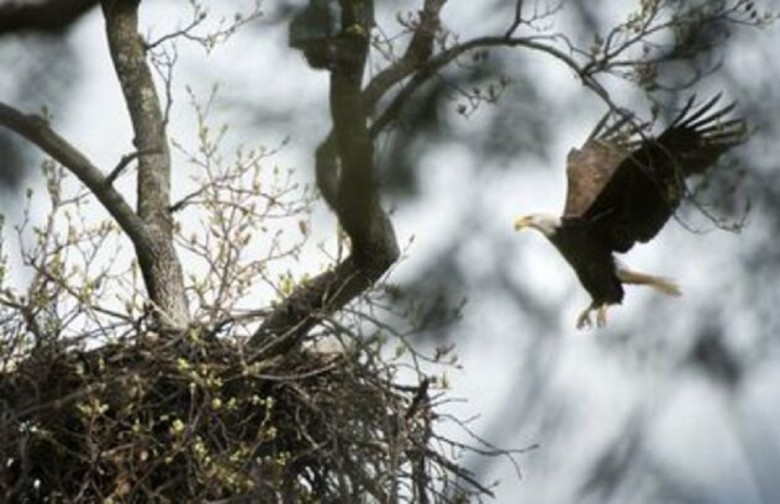
For certain bird species, even stricter laws apply. For instance, it is illegal to touch nests belonging to bald eagles or golden eagles, whether they are occupied or not. Violating this law can result in penalties of up to $500,000 in fines or up to two years in prison.
Distinguishing Nests
Fortunately, these nests are difficult to overlook or confuse. Bald eagles, for example, return to their nests each year, building large and sturdy structures to raise their young.
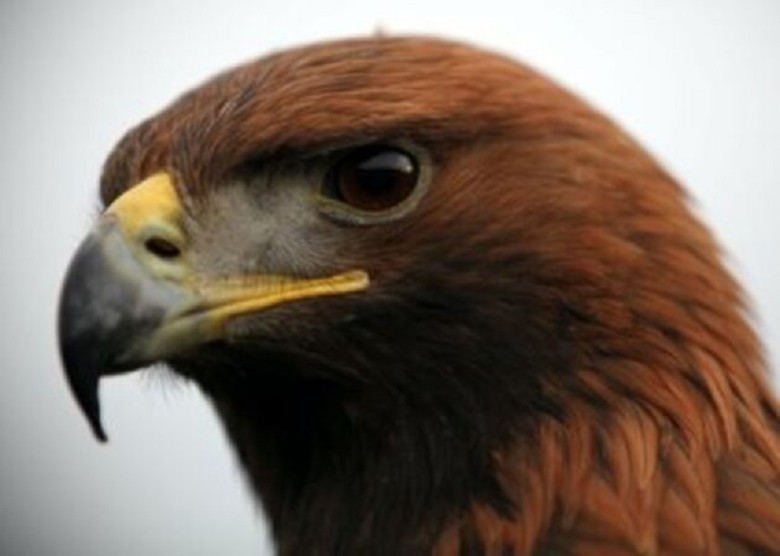
Considering their size, it is highly unlikely that one would stumble upon their nest while gardening and accidentally disturb it. However, other bird species are not as fortunate, as their nests are often small and easily overlooked.
Tiny Bird Nests
During spring, the USFWS issues a particularly urgent plea to pay attention to small eggs. These eggs, belonging to vulnerable species, are described as being the size of a jellybean and may be found while trimming shrubs or mowing the lawn.
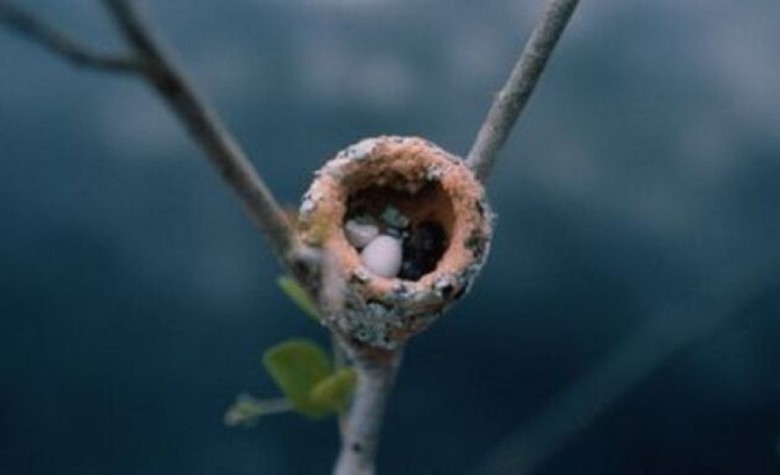
These eggs are incredibly small, no larger than a human thumb. They seem almost unrealistically tiny. The nests, about the size of a ping pong ball, are where these eggs are incubated for just over two weeks. During this time, the mother bird diligently defends against predators and keeps her offspring safe.
Belonging to the Hummingbird
Although these eggs are tiny, they possess great significance. They belong to the hummingbird, a bird species found throughout the Americas. Interestingly, hummingbirds hold the title for being the smallest bird in the world.

Weighing between two to twenty grams, the eggs they lay can weigh as little as half a gram. As a result, these eggs are incredibly fragile, and hummingbirds go to great lengths to conceal their nests.
The Nests
Typically, female hummingbirds construct their nests at heights ranging from ten to ninety feet above the ground. They employ materials such as plant fibers, twigs, leaves, and spider webs to create flexible nests.

Thanks to these materials, the nests are stretchable, with the ability to expand as the family grows. The structure itself remains tiny, as females typically lay just two small eggs.
Protecting the Offspring
Once hummingbirds hatch from their eggs, their mother comes to tend to them. This includes finding food for her babies. Hummingbirds mainly feed on sugary nectar, which fuels their fast metabolism.
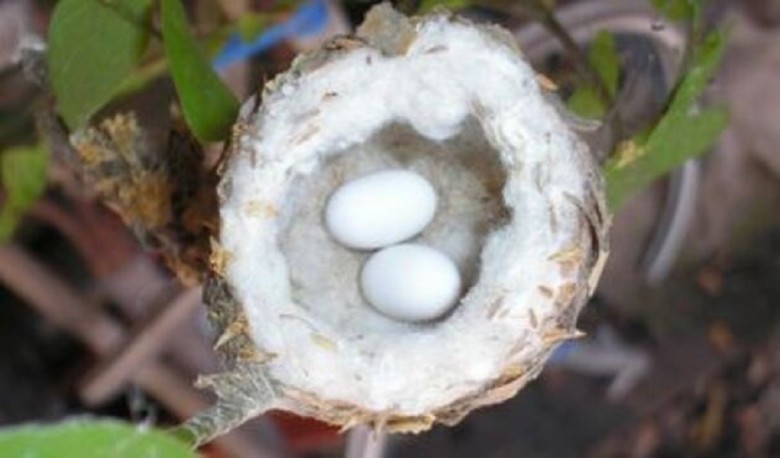
Hummingbirds also require a source of protein to build their muscles. Therefore, the hummingbird mother brings insects and spiders to feed her young. Insect eggs are also considered a good food source for these small creatures.
Protection from Predators
Hummingbirds grow up safely within the protection of their nest. There are many dangerous creatures for these tiny beings, which the mother bird protects them from. After 18 to 28 days, they become fledglings and leave the nest.
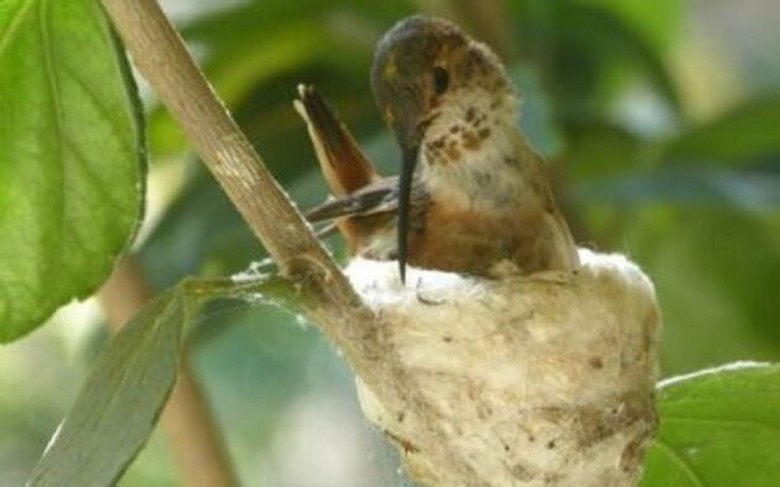
Due to their size, hummingbird nests can be difficult to detect. When viewed from below, they appear to be just a nest. It is only when one looks into the nest from above that its small size becomes apparent.
Nest Placement
To find a suitable location for a nest, female hummingbirds often land on the same spot multiple times to test its stability. To be deemed acceptable, the branch must be able to support both the weight of the mother and the nest.

Since hummingbirds are so small and light, there are countless places strong enough to bear their weight. They even use unexpected locations to build their nests, such as clotheslines or string lights.
Strict Laws
It is essential to remember that it is against the law to relocate nests that are active, even if a clothesline has been converted into a nest! Protection from predators is particularly crucial for hummingbirds.

The hummingbird population is currently endangered, with nearly 15 percent of all hummingbird species facing extinction. This would be a true tragedy, as they are marvelous and beautiful creatures that enrich the Earth.
Fascination with Hummingbirds
Hummingbirds are truly fascinating creatures. They are the only birds capable of flying backward. Their name comes from the sound of their wings, which flap at a rate of 5,400 times per minute when flying.

Flying requires so much energy that these extraordinary birds spend most of their time perched in trees and bushes. The smallest species of hummingbird is the Bee Hummingbird, measuring just 2.5 cm and weighing two grams.
Small but Mighty
Although these birds are incredibly small, they possess other remarkable qualities. Compared to their body size, hummingbirds have the largest heart of all animals. Additionally, during their migration to the south, they can cover up to 500 miles and fly for 20 hours without a break.
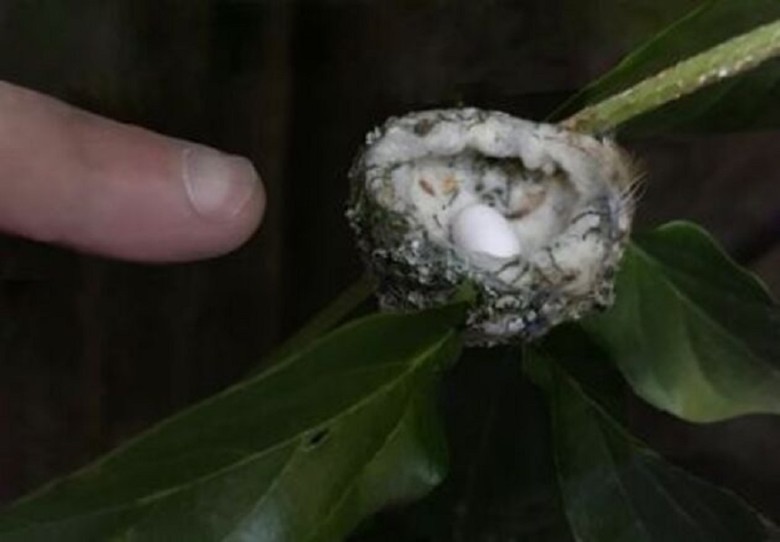
To keep up with their energy demands, they consume twice their body weight in food each day. In order to accomplish this, their tongues can extend and retract 13 times per second. This is bad news for small insects that they consume along with nectar every day. Hummingbirds are truly incredible creatures, and we must do everything in our power to protect them!










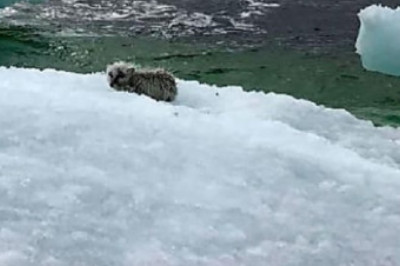









Comments
0 comment